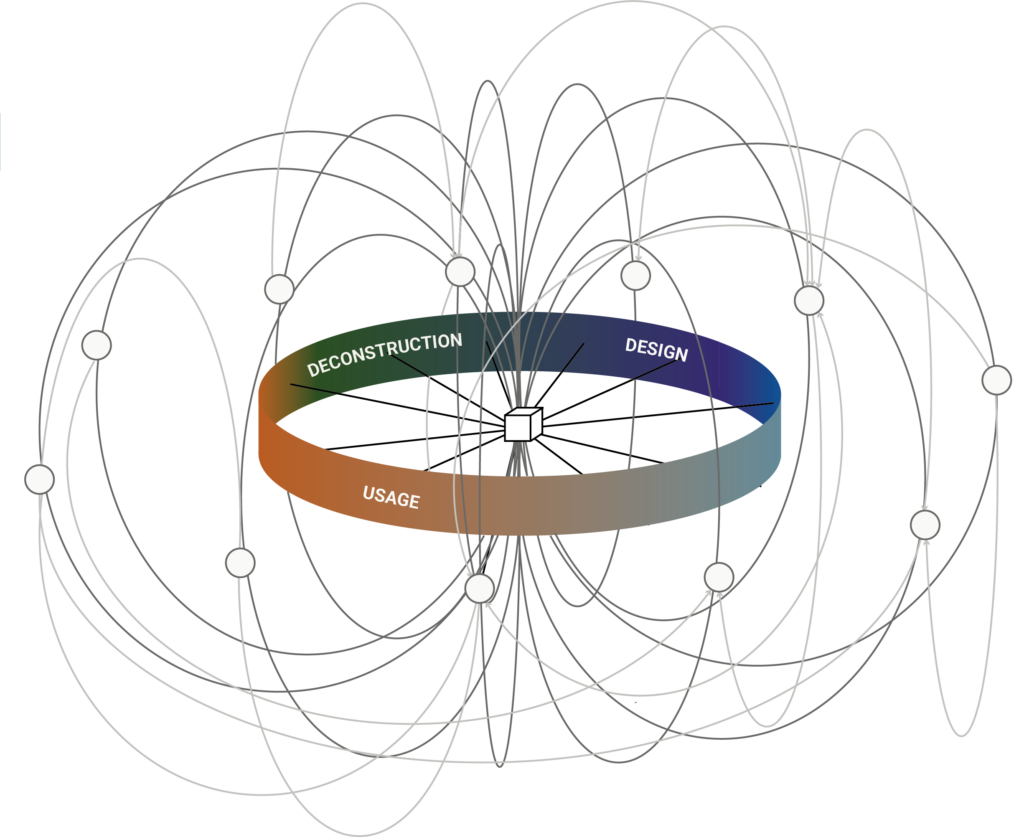Dr. Ir. Magdalena Zabek completed her PhD in RWTH Aachen University in December 2022 under the supervision of Dr. Linda Hildebrand and Prof. Dr. Ing. Tillmann Klein. Her research focuses on information flows in circular building design. In this video, she explains how important considerations during a building’s design and construction can inform the development of an information delivery model and support architects and planners during the design process.
Main Takeways
- Information errors or absence of information during design and construction often cause misleading communication between stakeholders
- Lack of data can lead to higher workload and lower quality of circular material flows
- New digital tools can distribute relevant information about product properties, judicial and organizational data for different circular scenarios thus ensuring a transparent, standardized way of managing the design process. These models are compatible with digital tools such as BIM.
Additional Resources
- Zabek, M. (2022). Information Delivery Model for a circular design process of buildings with mineral building material [Doctoral Dissertation]. RWTH Publications. DOI: 10.18154/RWTH-2023-02188





